What kind of virus is the strongest and worst enemy 'smallpox virus' faced by mankind?

The new coronavirus infection, which spread around the world in 2020 and became a serious pandemic, will not end even in 2023, and there are signs of a
The (Second) Most Deadliest Virus on Earth-YouTube
Humans have a long history of suffering from smallpox, and traces of it can be found in ancient Egyptian mummies and 3,000-year-old records from India and China.
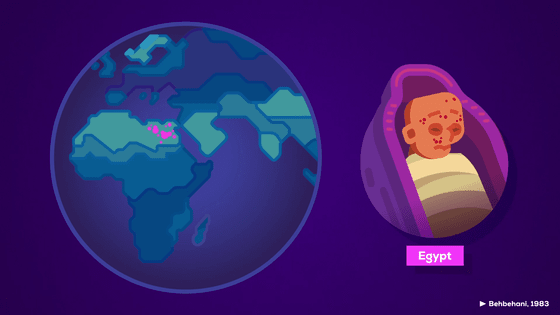
Japan is no exception, and 1,300 years ago smallpox is said to have killed one-third of the Japanese population.
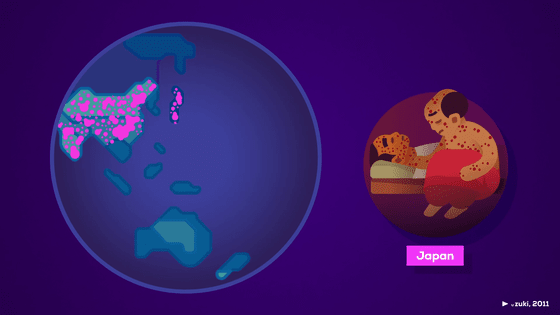
In the 16th century, smallpox became one of the leading causes of death in the world, and by the end of the 18th century, smallpox killed 400,000 people a year in Europe. In addition, one-third of blindness at that time was caused by smallpox, and even those who survived suffered aftereffects.
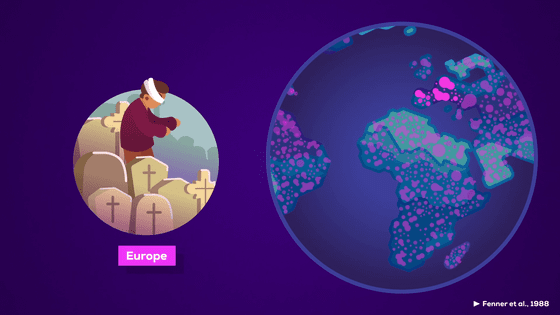
Smallpox is estimated to have killed at least 300 million people since the turn of the 20th century.
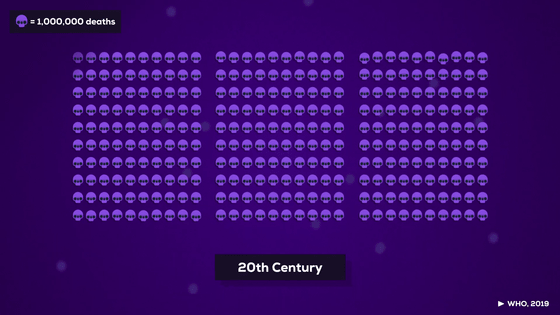
Smallpox, which has repeatedly killed people and thrown society into chaos each time, currently has only virus samples left in Koltsovo, Russia and Atlanta, USA, just in case.
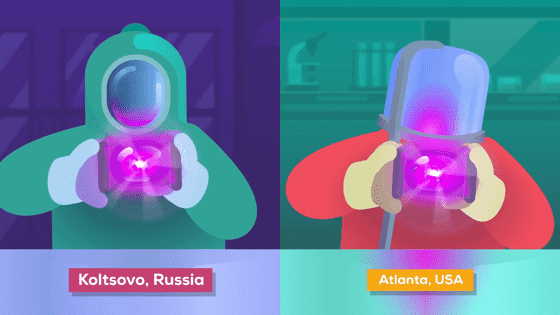
One of the threats of the smallpox virus is its high infectivity.
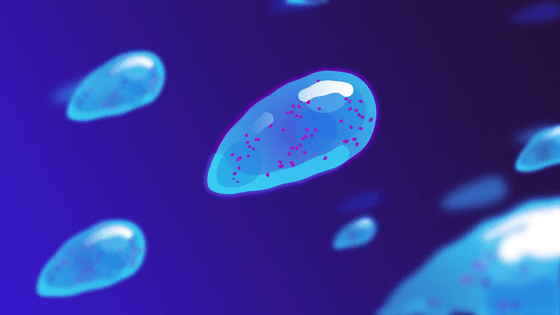
When you breathe in small droplets containing the virus, they immediately infect your throat cells.
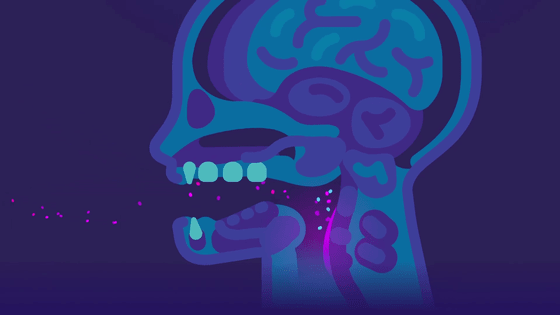
When a cell is infected with a virus, immune cells come together to fight back, which backfires in smallpox.

When the immune system destroys the infected cells and takes in the virus, the smallpox virus infects the cells `` dendritic cells '' that play an important role in collecting pathogen information and bringing it back to the immune center.
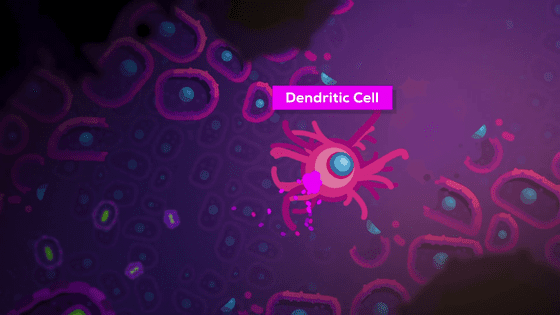
Dendritic cells infected with the smallpox virus return to the lymphatic system, which connects immune bases throughout the body.
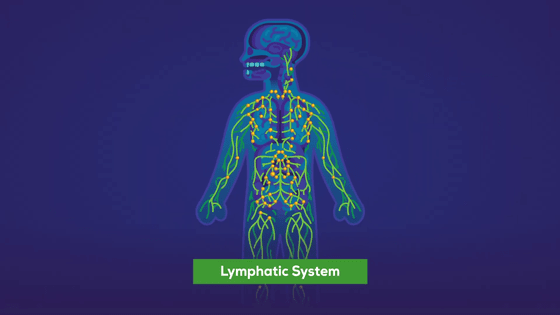
A heavily defended lymphatic system is supposed to be the last stop for many pathogens, but the smallpox virus floods the blood and organs through the lymphatics, infecting the entire body.
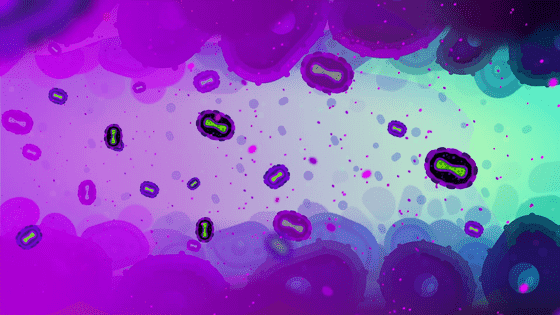
About 12 days after infection, when the virus has spread throughout the body, the immune system uses a messenger called 'interferon' to slow the spread of the virus and activate the body's antiviral arsenal.
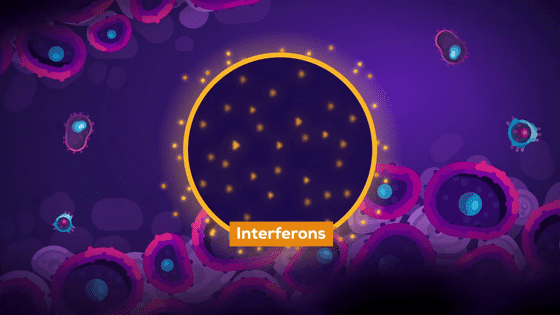
However, the smallpox virus can deactivate this interferon and bring down the defense system against the virus. The human body also has an auxiliary immune system called the complement system, which is also disabled by the smallpox virus.
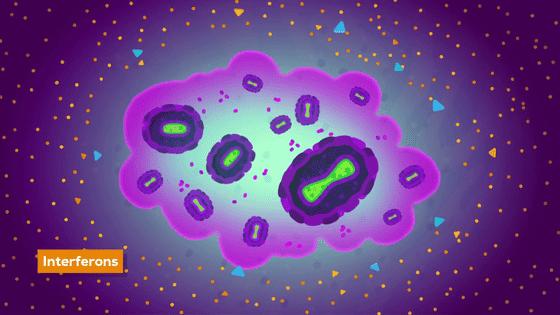
In this way, when the smallpox virus rages all over the body and destroys the capillaries in the body, an even bigger problem occurs.
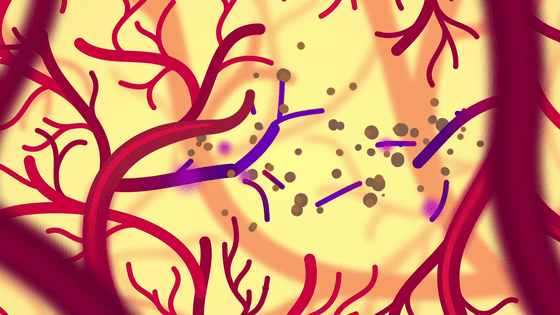
It is the emergence of immune cells called neutrophils.
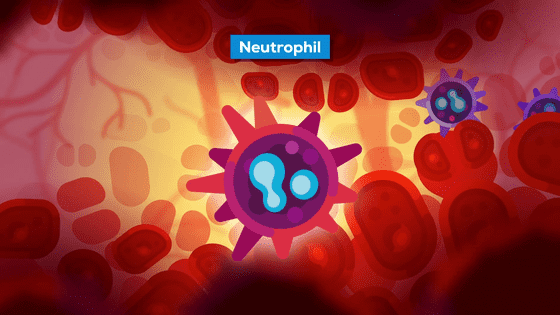
Neutrophils are effective against invaders large and small, but less effective against the smallpox virus. To make matters worse, neutrophils spit out powerful chemicals to fight, which causes even more cells to die.
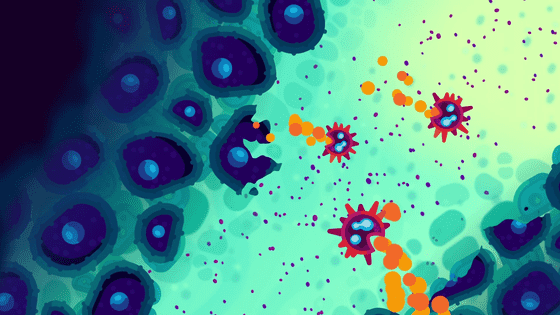
The inflammation caused by these neutrophils leaks fluid from the blood vessels into the tissues, causing rashes all over the body and worsening symptoms.
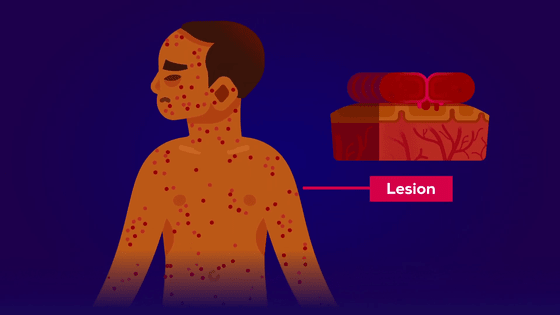
As the disease worsens, patients develop high fevers, blood vessels become clogged, internal organs malfunction, and the lungs fill with fluid, making it difficult to breathe.
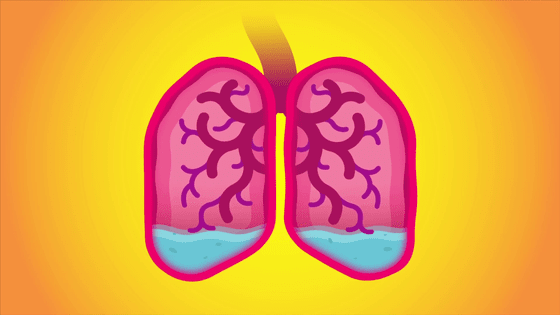
After that, there are two consequences. One is that the immune system regains control and successfully activates its antiviral arsenal, destroying the infected cells and slowly making a comeback. After recovery from infection, memory cells remember and develop immunity to the smallpox virus.
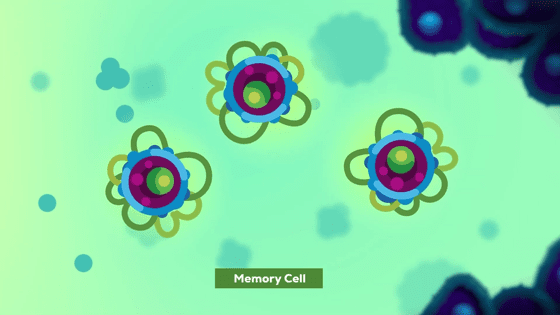
Or the infection and the resulting disruption of the immune system can overwhelm and kill.

One-third of people who get smallpox do not survive. Even if they survive, they may have scars all over their bodies and lose their sight and hearing.
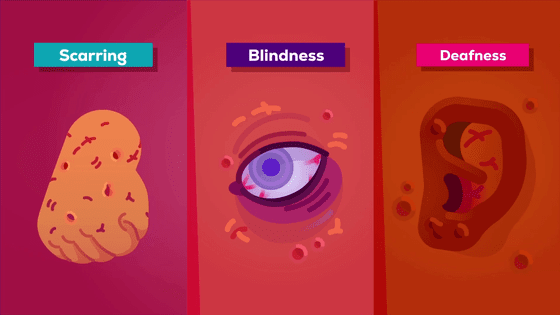
For a long time, mankind died helplessly from smallpox, but we knew from experience that people who had smallpox never got it again.

So people decided to take a risky gamble called '
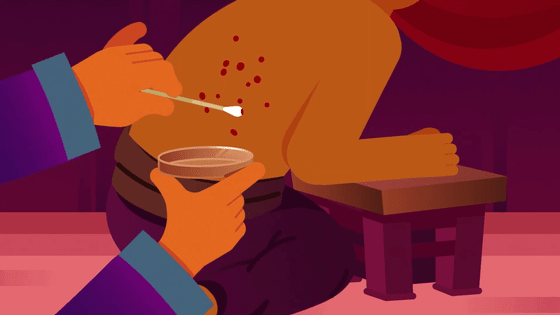
It is then dried in the sun and then finely ground.

The powder is then blown into the patient's nose, or the skin is lightly scratched to apply the powder.
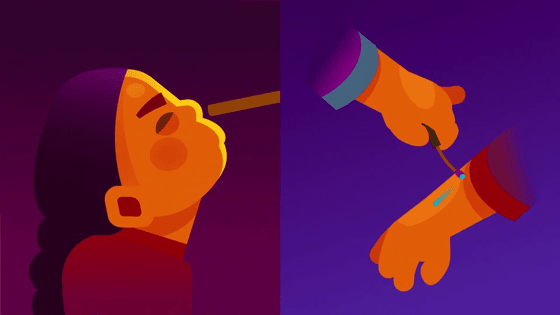
When this worked, smallpox was mild and immune.
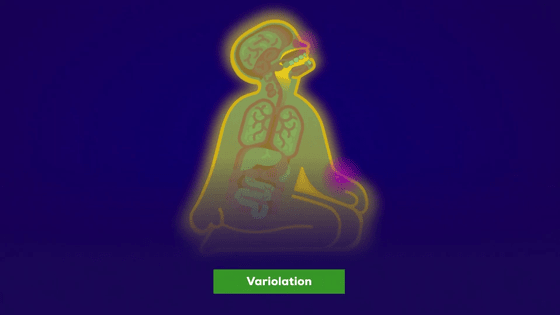
It is likely that the smallpox infection is mild because sunlight damages the virus so that it no longer causes full symptoms.
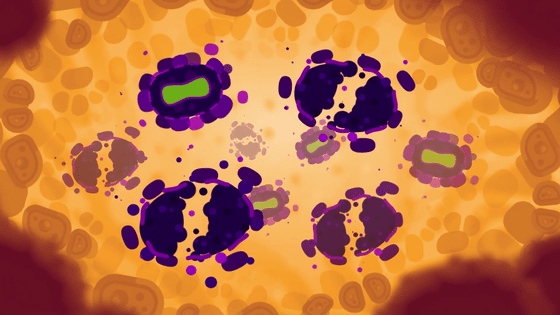
Two to three percent of those vaccinated died of smallpox or complications, but people still took the risk and vaccinated to protect themselves and their children from the scare of smallpox. rice field.
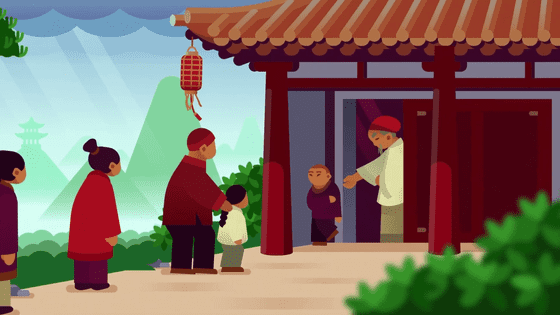
After that, the struggle between humankind and smallpox continued, but around the 18th century it was possible to acquire immunity by using `` cowpox '' that infects cows instead of smallpox, and it was much safer. Now that we know, we have a chance to win.
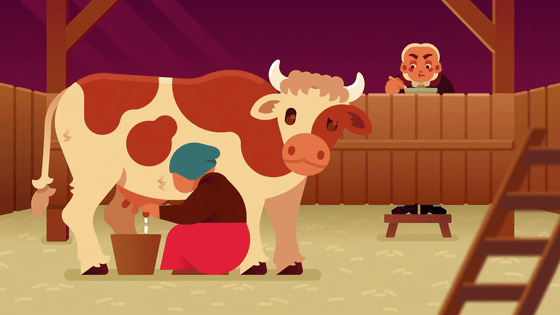
This is the beginning of 'immunization', which is said to be the greatest achievement of humankind.
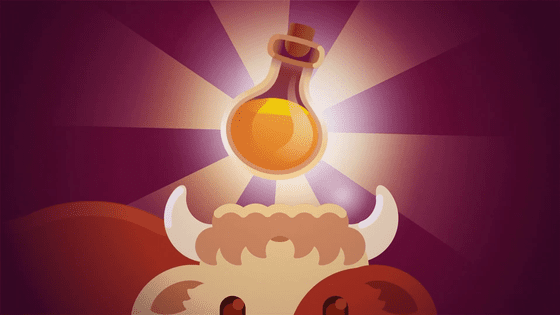
Smallpox continued to be a threat even after a vaccine was developed, killing countless people for nearly 200 years. As mentioned earlier, smallpox killed over 300 million people in the 20th century alone.
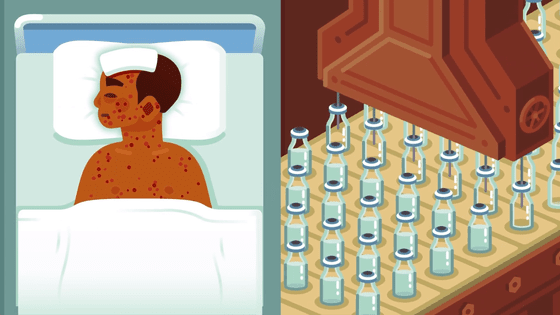
In 1966, the World Health Organization (WHO) decided that humanity must come together to fight the final battle.

A 'smallpox news network' was established around the world to isolate patients and administer vaccines in areas where smallpox was endemic.
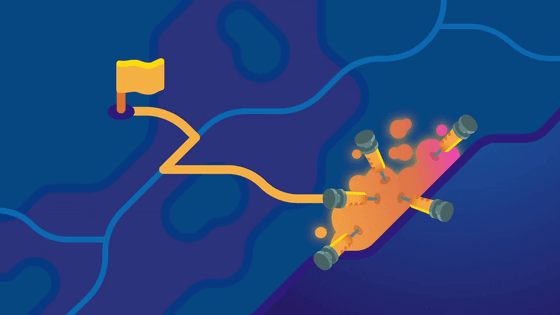
Smallpox only infects humans, so if you can stop the chain of human-to-human transmission, you can stop the spread of infection.
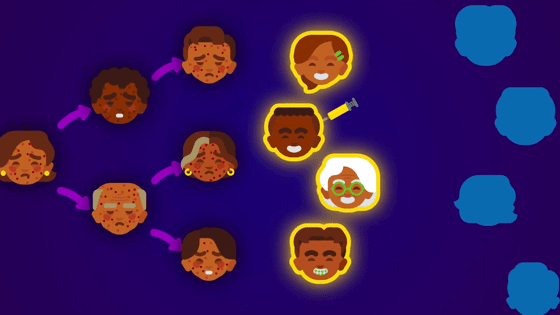
As a result of these efforts, the last known case of smallpox in Somalia, Malka, in 1977, was the last known case of natural smallpox.

In 1980, just before the 200th anniversary of the first vaccine use, smallpox was declared eradicated.
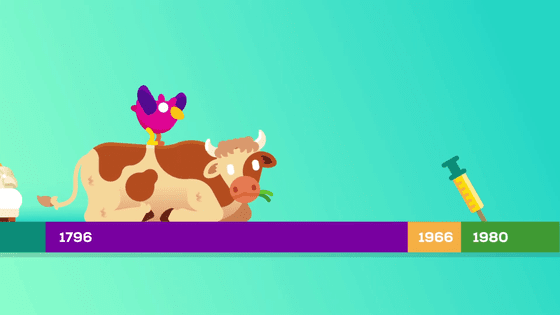
In this way, smallpox, the worst enemy of mankind, became the first and only infectious disease in human history to be successfully eradicated.

Kurzgesagt said, 'None of us alive today is afflicted with the terror of smallpox. But this hope is not given by nature, and is safe from the monsters that haunt us.' It was brought about by mankind's strong will to want to.'
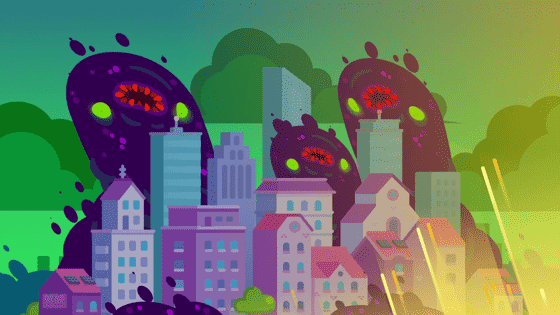
Humanity has been freed from the scare of smallpox, but the next epidemic may not reappear from the depths of the jungle, wet markets, and laboratories.
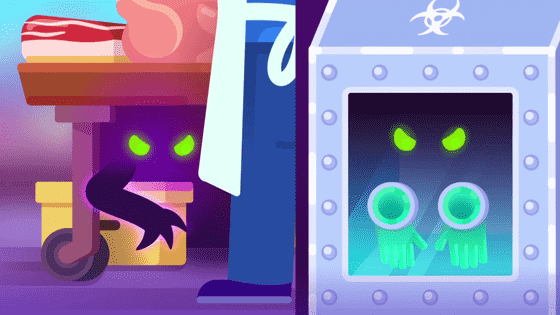
As smallpox once existed and the threat of new infections is being forgotten, Kurzgesagt says, ``People have forgotten what a wonderful gift a vaccine is and how hard it was to get it. But we have to keep the fruits of our efforts alive and pass them on to future generations.Mankind has already defeated one monster, so we should be able to do it again. ' said.

Related Posts:







